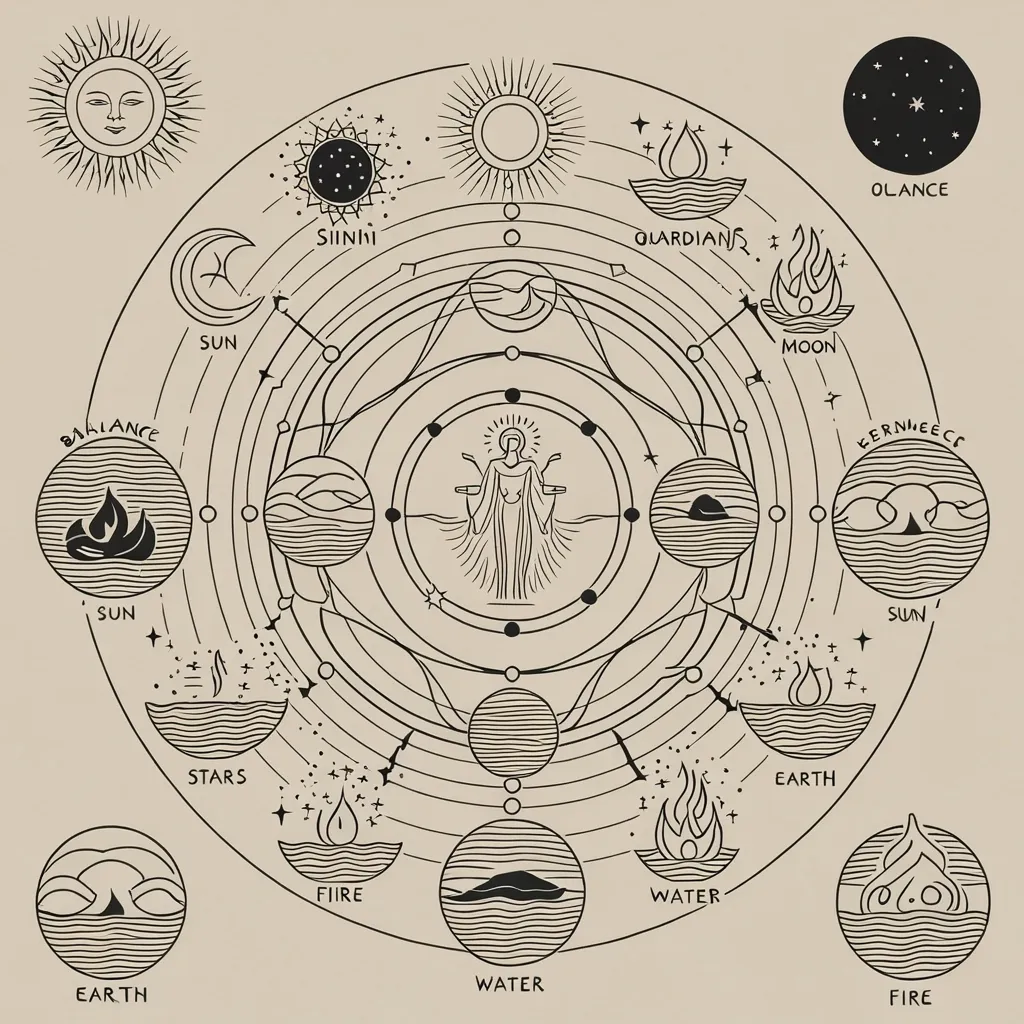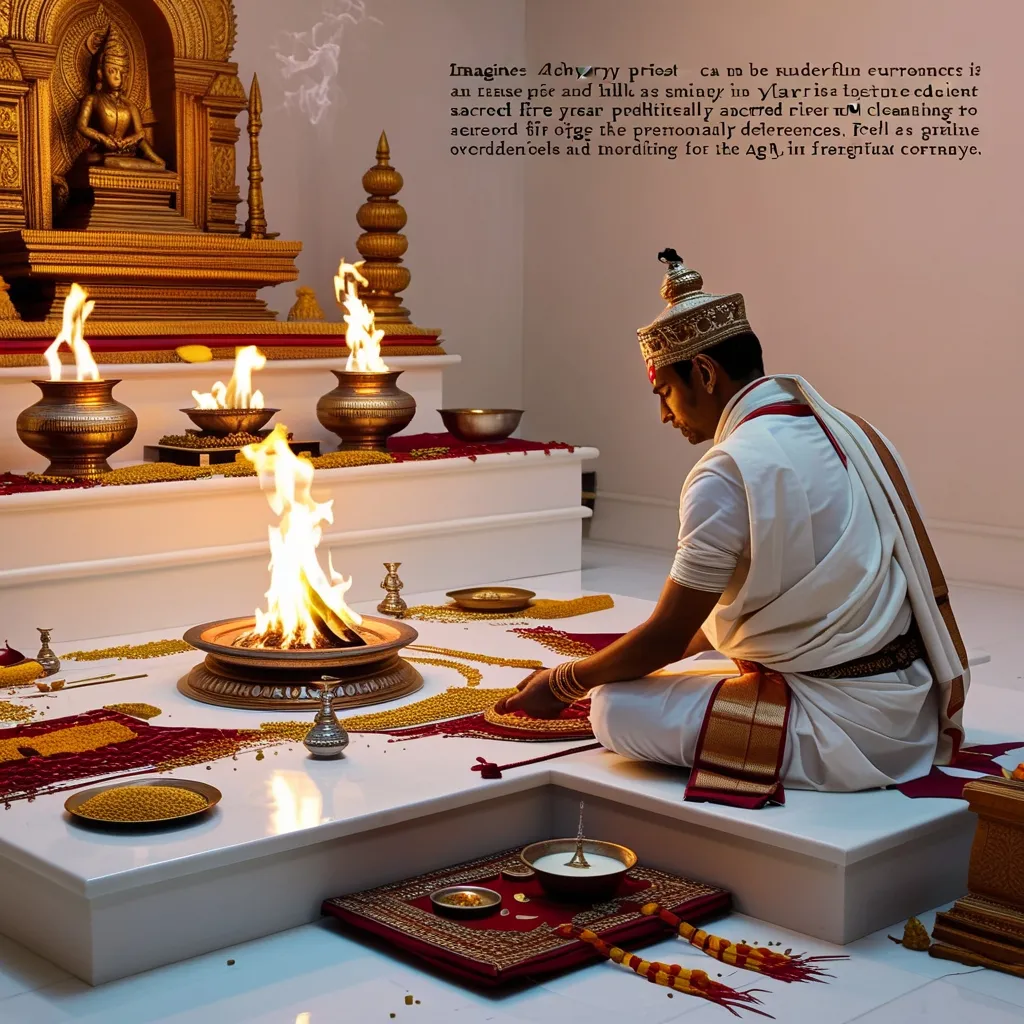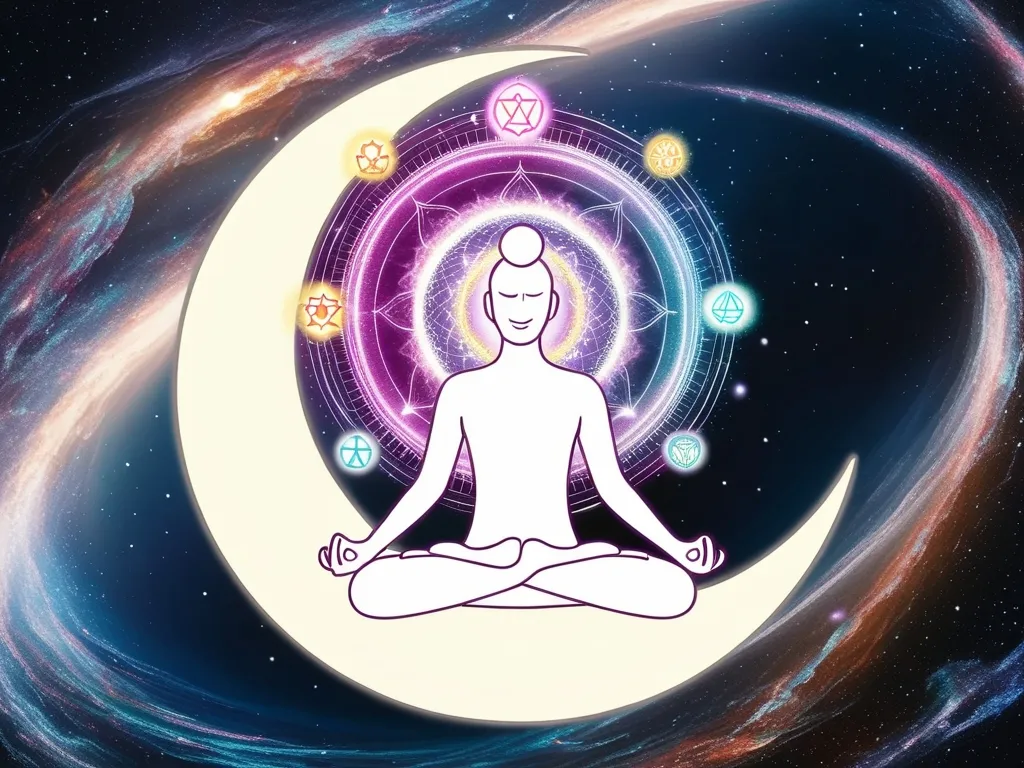Diving into the colorful world of Hindu rituals, the Agnihotra is like the cherry on top, a timeless ceremony cherished in the Vedic tradition, especially shone through the Yajurveda. This ancient fire ritual isn’t just a practice; it’s a soulful endeavor to unlock divine blessings, enhance well-being, and connect deeply with the universe.
The Roots and Fame
Agnihotra takes us back to the Vedic period. Think of it as traveling back in time when the oldest Hindu scriptures were being penned down. The Rigveda, one of these earliest texts, is chock-full of hymns praising fire rituals. This emphasis on Agnihotra is not about clinging to the past but about continuing a practice that bridges old wisdom with modern lives.
What’s the Agnihotra About?
The Agnihotra isn’t your everyday ceremony. It’s a daily commitment for those who embrace it, setting a sacred fire and making special offerings to it. Performed twice daily—at sunrise and sunset—this ritual has quite a few steps.
First comes the preparation, involving setting up a Yagna Kunda, or fire altar. This isn’t just any fire pit, it’s seen as a mini universe and usually has a square or rectangular shape. Next, the deities are invited to join in through the chanting of sacred mantras. It’s like sending out VIP invitations.
The heart of the Agnihotra involves offerings like ghee (clarified butter), milk, and sometimes medicinal herbs. These sacred items are poured into the fire while chanting mantras. The fire, representing divine energy, is believed to ferry these offerings straight to the gods. After the offerings come the prayers and blessings, a time for the participants to seek prosperity, health, and spiritual growth, aligning themselves with the divine forces.
The Benefits Galore
The Agnihotra isn’t just spiritually uplifting; it brings a wave of physical and environmental benefits. For instance, the fire and its offerings are believed to purify the surrounding environment, battling pollutants and harmful pathogens, essentially cleaning the air. Some herbs used during the ritual emit medicinal smoke, adding a health benefit.
But it doesn’t stop there. This ritual is seen as a way to balance karma—the cosmic law of cause and effect. Regular practice is believed to help maintain harmony with the universe. The rhythmic chants and serene atmosphere also have a zen-like effect, easing the mind into a meditative state, fostering spiritual growth and mental clarity.
Performing the Agnihotra isn’t a solo gig. It’s a social event, a community builder that sows feelings of love, trust, and a shared purpose among participants, enhancing social cohesion.
Different Strokes for Different Folks
While the Agnihotra has a basic framework, it can vary depending on the purpose and regional practices. There’s the daily Agnihotra, a standard practice twice a day for environmental and personal purification. On special occasions like weddings, Agnihotra takes center stage. For instance, during Hindu weddings, the fire is the witness to the vows exchanged by the couple, ensuring divine oversight.
The Saptapadi ritual, where the couple walks around the holy fire seven times, is essential. Each step and vow is taken with the fire as their witness, embodying divine presence. Another key moment is the Panigrahana, where the groom holds the bride’s hand, promising responsibility to four deities, with chanting mantras as the fire stands witness.
Science in the Spiritual
Agnihotra isn’t just about tradition; it’s a mix of science and spirituality making it a unique practice. Scientifically, it’s been shown to positively impact the environment and human health. The purifying ability of the ritual’s smoke is noteworthy, contributing to a cleaner ambiance.
From a spiritual standpoint, Agnihotra is like a mind-training program. Regular practice is believed to elevate the human spirit, relieve stress, and foster unity and purpose.
A Must-Do Routine
In Hindu tradition, rituals are split into two categories: obligatory and occasional. Agnihotra falls into the obligatory slot—a daily must-do for practitioners. Meanwhile, occasional rituals are performed for specific reasons, like the birth of a son or to bring rain, and aren’t part of the daily routine.
Wrapping it Up
The Agnihotra encapsulates the soul of Hindu tradition, acting as a bridge between the earthly realm and the spiritual dimension. Whether performed daily or on special occasions, this ritual signifies devotion, community, and cosmic harmony. As a living piece of Vedic heritage, Agnihotra continues to inspire those seeking a deeper connection with the divine and the world around them, grounding ancient wisdom in the tapestry of modern life.






